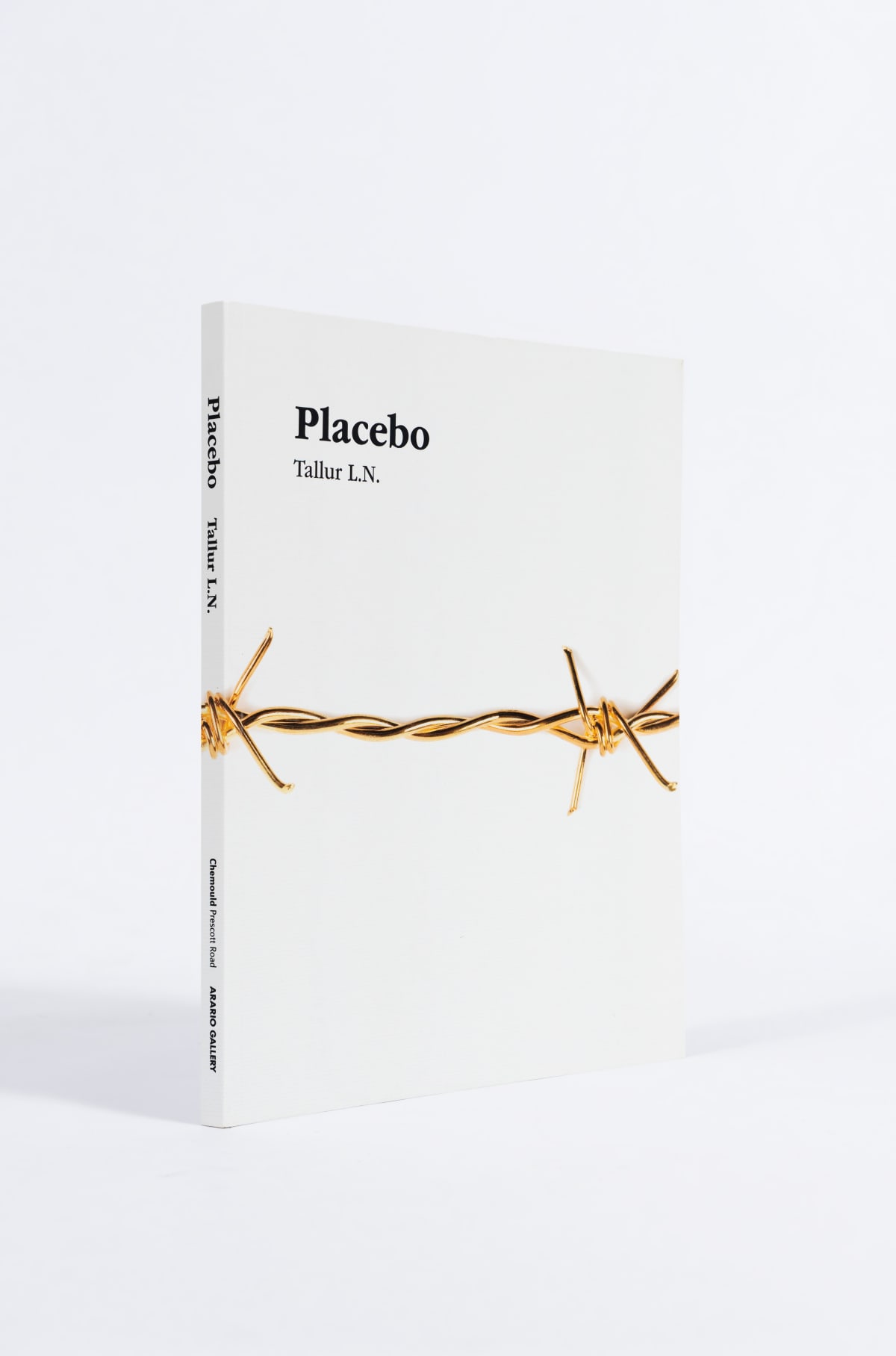Placebo: Tallur LN
While Tallur's recent work can be situated in a post-conceptualist lineage of object and installation oriented practice, it is also interesting to think about his work following in the footsteps of the late self-taught painter Bhupen Khakhar (1934-2003) who having failed the entrance test for the same degree in painting, had spent two years (1962-64) studying art criticism at the same school two generations before Tallur (1998-99). I invoke Khakhar here to situate Tallur in a trajectory of subversive absurdity in contemporary Indian art. While it is true that owing to their difference in age and material practice, Khakhar may not be a prominent figure in Tallur's own account of his influences, it remains art historically attractive to place Tallur's practice in a tradition of the absurd that is so vital to international (and Indian) accounts of modernism. Like Khakhar, Tallur is attracted to kitsch and popular culture; he is fascinated by the morbid and the macabre; he is both an "insider" and an "outsider" to the painful humour of a vernacular culture in transition, inevitably displaced and irredeemably distanced both from local roots and the spectral phantasms of cosmopolitan experience. Alongside Khakhar, the example of Atul Dodiya (b. 1959) is significant in devising an art historical ancestry for Tallur, particularly in embracing the culture of kitsch, and in the critical use of popular imagery and practices of memorialisation that are suffused with a deep disquiet. Unlike his elder contemporaries, however, Tallur more completely partakes of the deliberate conceptualist strategy of aloofness and distance. His work warily skirts the edge of emotional investment in his subject, while offering the audience a series of deferrals that simultaneously tantalise and confound, not least because of the exotic nature of their forms, materials and references.
Extract from an essay by Chaitanya Sambrani




